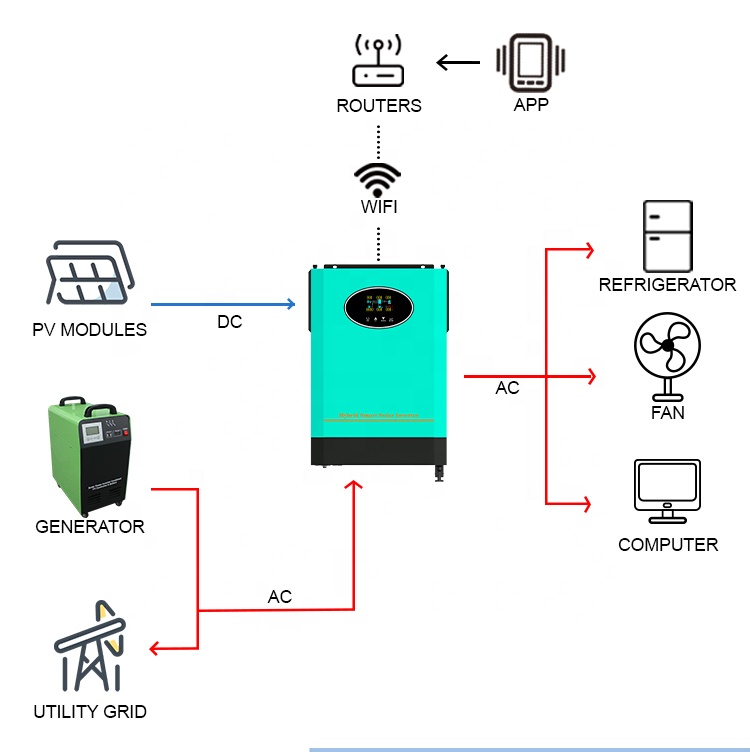When searching for a job in the IT industry, software development is often the first thought. However, there are also opportunities in machine learning and data mining roles. Graduates with a computer science background who are passionate about these fields should consider them. Machine learning is a key technology that will play a significant role before artificial intelligence reaches human-level capabilities. As technology continues to evolve, the demand for skilled professionals in this area is expected to grow.
In the IT sector, many companies offer machine learning positions. Major tech giants like Baidu, Alibaba, Tencent, NetEase, Sina, and Huawei have roles related to machine learning, although Huawei's assignments can be random. Smaller companies and foreign firms in China also recruit for such positions, though on a smaller scale. For instance, Baidu’s Beijing office has a large number of people working on machine learning, and Alibaba has numerous algorithmic roles that are closely tied to this field.
Machine learning has gained immense popularity over the past few years. With the rise of big data, machine learning algorithms have become powerful tools for making predictions and recommendations. Examples include Netflix’s movie recommendation system, which suggests films based on your viewing history, and Amazon’s book recommendations, which are tailored to your previous purchases.
This article explores some of the most common machine learning algorithms. They can be broadly categorized into three types: supervised learning, unsupervised learning, and reinforcement learning.
**Supervised Learning** involves using labeled data to train models. The model learns from existing data and then applies this knowledge to new, unseen data. Some popular algorithms in this category include Decision Trees, Naive Bayes, Logistic Regression, Linear Regression, and Support Vector Machines (SVM).
**Unsupervised Learning**, on the other hand, deals with unlabeled data. The goal here is to find hidden patterns or structures within the data. Common techniques include clustering algorithms like K-means and Principal Component Analysis (PCA), as well as methods like Singular Value Decomposition (SVD) and Independent Component Analysis (ICA).
**Reinforcement Learning** is a type of learning where an agent learns by interacting with its environment. It receives feedback in the form of rewards or penalties, allowing it to improve its decision-making over time.
Among the supervised learning algorithms, **Decision Trees** are intuitive and easy to interpret. They work by asking a series of questions at each node, dividing the data into subsets until a final decision is reached. While they are simple and effective, they can be prone to overfitting.
**Naive Bayes** is another widely used algorithm, especially for text classification tasks. It is based on Bayes’ theorem and assumes that features are independent of each other. Despite its simplicity, it performs well in many real-world applications, such as spam detection and sentiment analysis.
**Logistic Regression** is a statistical method used for binary classification problems. It estimates the probability of a certain outcome by fitting a logistic function to the data. It is fast and efficient but may not perform as well on complex datasets.
**Linear Regression** is used for regression tasks, where the goal is to predict a continuous value. It works by finding the best-fitting line through the data points. However, it struggles with non-linear relationships.
**Support Vector Machines (SVM)** are powerful classifiers that work by finding the optimal hyperplane that separates different classes. They are effective in high-dimensional spaces and can handle both linear and non-linear data.
**Ensemble Methods** combine multiple models to improve performance. Techniques like Bagging and Boosting help reduce variance and bias, leading to more accurate predictions.
In the realm of **unsupervised learning**, **Clustering Algorithms** group similar data points together. K-means is one of the most popular methods, where the algorithm partitions the data into k clusters based on distance metrics. Other approaches include hierarchical clustering, density-based clustering, and grid-based clustering.
**Principal Component Analysis (PCA)** is a dimensionality reduction technique that transforms data into a new coordinate system. It helps simplify data while retaining as much information as possible. This is particularly useful for visualization and improving computational efficiency.
**Singular Value Decomposition (SVD)** is a matrix factorization technique used in various applications, including image compression and recommendation systems. It is closely related to PCA and is often used in collaborative filtering.
**Independent Component Analysis (ICA)** is used to separate mixed signals into their original components. It is commonly applied in signal processing and neuroscience.
**Neural Networks** are inspired by the structure of the human brain and consist of layers of interconnected nodes. They are capable of learning complex patterns and are widely used in deep learning applications.
**Markov Chains** are probabilistic models that describe sequences of events. They are used in natural language processing, speech recognition, and other areas where sequential data is involved.
These algorithms form the foundation of modern machine learning and continue to evolve as new techniques emerge. Whether you're looking to start a career in this exciting field or simply want to understand how these technologies work, gaining a solid understanding of these concepts is essential.
Whaylan On/Off Grid Solar Inverter
Pure sine wave output
The electrical waveform output of PH1800 is pure sine wave, which has the same quality as practical power supply or household power supply. This waveform is suitable for most electrical equipment, appliances and tools. This pure sine wave unit provides more functions than an improved sine wave inverter because it has a cleaner form of power. Pure sine wave can also reduce the noise generated when applying electrical appliances to a limited extent.

On/Off Grid Solar Inverter,Hybrid Inverter With Mppt Charge,pure sine wave solar inverter
suzhou whaylan new energy technology co., ltd , https://www.whaylan.com